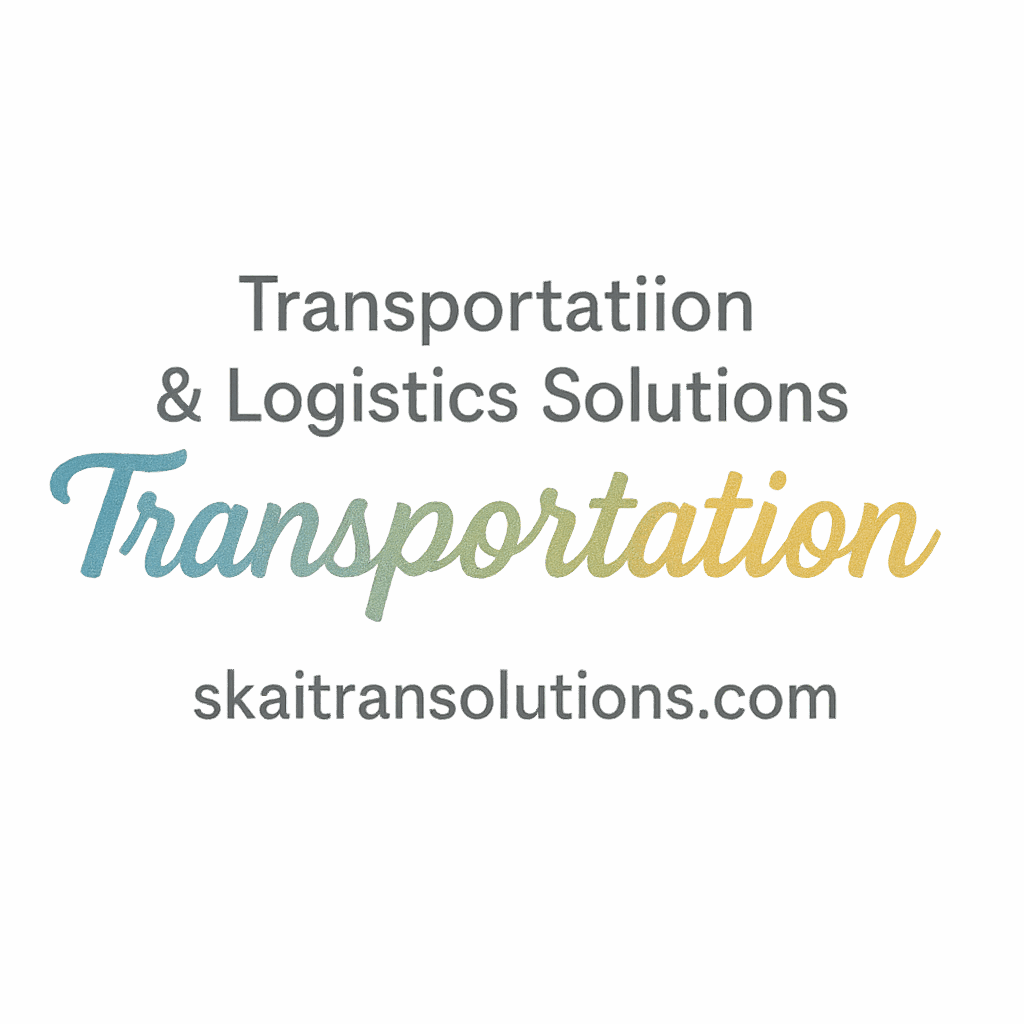Introduction: Why Transportation Theft and Loss Matters
Imagine investing thousands—maybe millions—in logistics and transportation, only to have valuable goods vanish somewhere between point A and B. Frustrating, right? Sadly, this is the everyday reality for many transport companies. From stolen cargo to mysterious shrinkage, transportation theft and loss can bleed your bottom line dry.
But here’s the good news—you can fight back. In this article, we’ll unpack 5 practical ways to reduce transportation theft and loss, boost security, and protect your supply chain. Stick around, because what you’re about to read could seriously transform your fleet operations.
Understanding Transportation Theft and Loss
Before we dive into the “how,” let’s break down the “what” and “why.”
Common Types of Theft in the Transportation Industry
Transportation theft isn’t just hijackings from action movies. It includes:
- Full trailer theft
- Pilferage (partial cargo theft)
- Fictitious pickups (scammers posing as carriers)
- Internal theft by employees
- Cyber-intrusions into route data
Each of these types can severely impact your transportation KPIs and service delivery timelines.
The Hidden Costs of Cargo Loss and Theft
Besides the cost of the lost goods, here’s what else is on the line:
- Damaged customer trust
- Insurance premium spikes
- Operational delays
- Legal fees and liability
Reducing these risks isn’t just about compliance; it’s about survival in a hyper-competitive logistics world.
Way #1: Implement GPS Tracking and Telematics
Benefits of GPS Tracking for Theft Prevention
Transportation technology innovation is your best friend here. GPS lets you see where your trucks are at all times. If a vehicle deviates from its route or stops in a high-risk area—you get notified.
- Monitor location 24/7
- Detect unauthorized stops
- Alert fleet managers instantly
How Telematics Helps Monitor Risky Behavior
Telematics isn’t just GPS—it tracks driving behavior, fuel usage, and more.
- Spotting erratic driving that could signal distress
- Preventing unauthorized after-hours vehicle usage
- Deterring internal theft by increasing transparency
Real-Time Alerts and Route Monitoring
Pair telematics with geofencing and you’ll be notified when a vehicle enters or leaves a designated area—helping you act fast if anything suspicious happens.
Internal link: Learn more about operational best practices that protect your fleet.
Way #2: Strengthen Physical Security Measures
Locks, Seals, and Alarm Systems
Sometimes, good old-fashioned locks and alarms do the trick. Ensure:
- All vehicles have high-grade locks
- Trailers are sealed with tamper-evident tags
- Alarms are installed for motion detection
Secure Parking and Drop-off Locations
Never underestimate the power of a safe parking spot. Theft often occurs at poorly lit, unsecured lots.
Partnering with Trusted Facilities
Work only with vetted and certified parking facilities. Use apps or systems that list safe truck parking locations across your route.
This approach ties into the coverage strategy many top logistics providers use.
Way #3: Conduct Driver Background Checks and Training
Vetting and Hiring for Trustworthiness
Internal theft is a bitter pill—especially when it comes from your own team. Before you hand over those keys, make sure your hiring process includes:
- Criminal background checks
- Employment history verification
- Personality and honesty assessments
Continuous Security Awareness Training
Security isn’t a one-time event. Keep training your drivers on:
- Cargo handling procedures
- Incident reporting protocols
- Emergency response drills
Building a Culture of Vigilance
Foster a “see something, say something” culture within your company. Make your drivers feel like part of the anti-theft solution.
Dive deeper into building a safer team with insights on customer experience and safety.

Way #4: Use Data Analytics to Identify Risk Patterns
Spotting High-Theft Routes and Timeframes
By analyzing your transportation data, you can identify:
- Which routes have the most frequent thefts
- What times of day or week thefts occur
- Recurring patterns of pilferage or delay
Leveraging KPIs to Improve Security Measures
Start tracking KPIs like:
- Incidents per 1,000 miles
- Delivery success rate
- Time from theft to recovery report
Use these metrics to optimize your strategy with guidance from transportation industry insights.
Way #5: Collaborate with Law Enforcement and Industry Networks
Reporting Incidents and Sharing Intel
When theft happens, don’t sweep it under the rug. Report it immediately to local authorities and your network.
- Register with CargoNet or FreightWatch
- Share your data with other fleets
- Get insights on current theft trends
Partnering with Local Authorities and Fleets
Stronger together—that’s the mantra. Build relationships with:
- Highway patrol teams
- Regional police departments
- Other carriers and 3PL partners
Check out logistics and supply chain solutions that improve coordination between stakeholders.
Additional Tips to Reduce Cargo Losses
Use Technology That Enhances Visibility
RFID, blockchain, and real-time dashboard tools can help you keep an eye on high-value goods across the supply chain.
Adopt a Zero-Tolerance Policy Internally
Make it clear: any theft or negligence—no matter how small—will not be tolerated. Build accountability from the top down.
Final Thoughts: Making Security a Daily Habit
Reducing transportation theft and loss isn’t a one-time task—it’s a daily commitment. From hiring the right drivers to leveraging real-time analytics, it’s all about creating a culture of security and using tech to your advantage.
Even simple, consistent changes can dramatically reduce your losses and keep your clients happy.
Stay sharp, stay safe, and stay ahead.
Conclusion
Transportation theft and loss may seem inevitable, but it doesn’t have to be. With the right strategies—like GPS tracking, physical security, employee training, analytics, and collaboration—you can reduce incidents, recover faster, and protect your brand.
The bottom line? Theft hurts. But with vigilance and innovation, your fleet doesn’t have to be a victim.
If you’re looking for cutting-edge solutions that boost visibility, reduce loss, and scale efficiently, check out what SkaiTran Solutions has to offer.
FAQs
1. What’s the biggest cause of transportation theft?
Cargo left unattended or parked in unsecured areas is the leading contributor to theft.
2. How can small transportation companies afford GPS tracking?
There are affordable, scalable solutions available. Consider starting with basic telematics and upgrading gradually.
3. Do driver background checks really help?
Absolutely. Many theft cases involve internal actors. A thorough hiring process filters out high-risk individuals.
4. Should I report minor cargo thefts?
Yes! Even minor incidents help law enforcement and industry groups build theft pattern data.
5. Can insurance cover cargo theft?
Yes, but coverage varies. Review your policy with your provider and explore options with transportation insurance experts.
6. What KPIs are most useful for monitoring theft?
Incident frequency, resolution time, route deviation reports, and security breach counts are all critical performance metrics.
7. What’s the role of innovation in theft prevention?
Modern innovation—from blockchain to autonomous monitoring—can prevent, detect, and respond to theft faster than ever.


